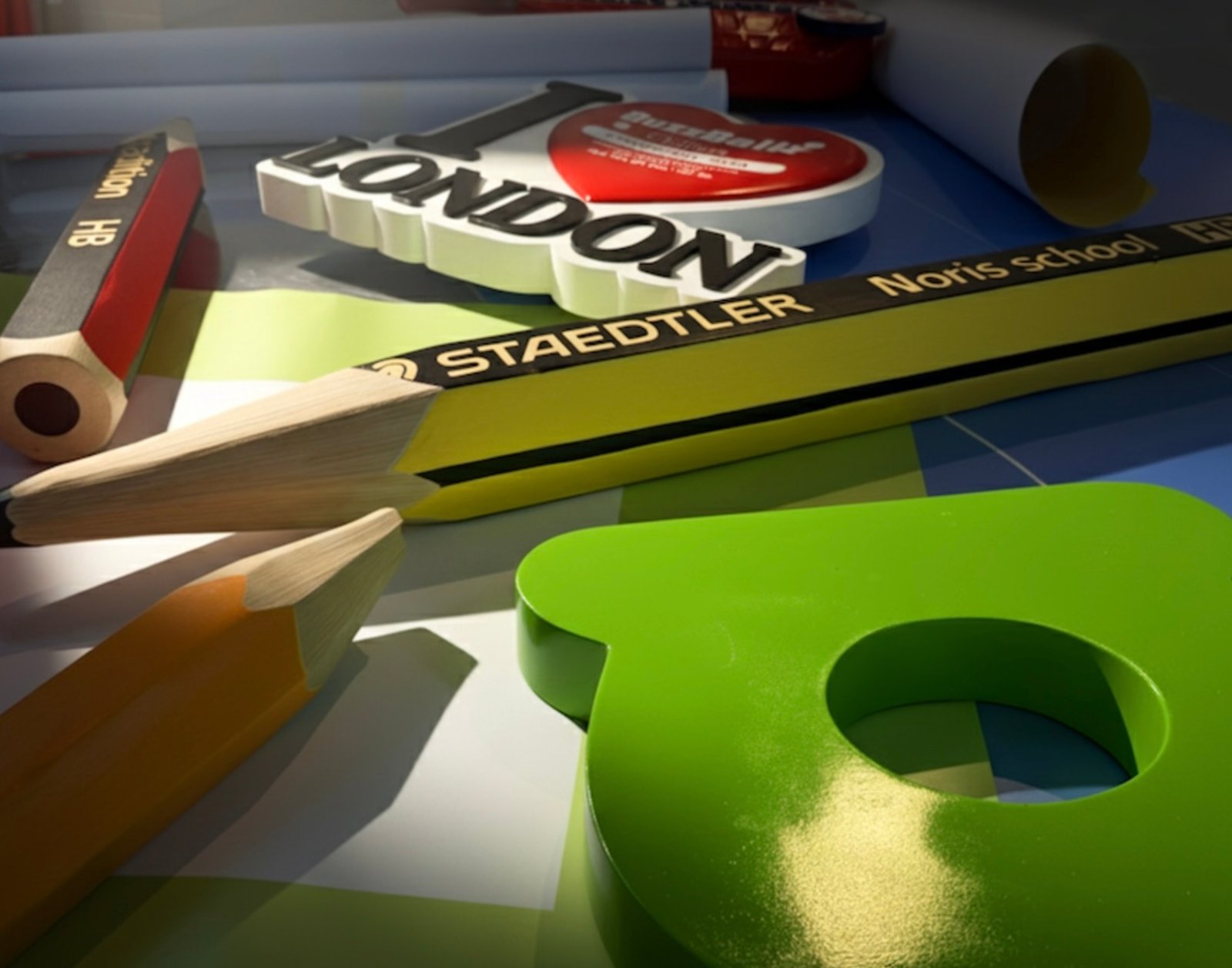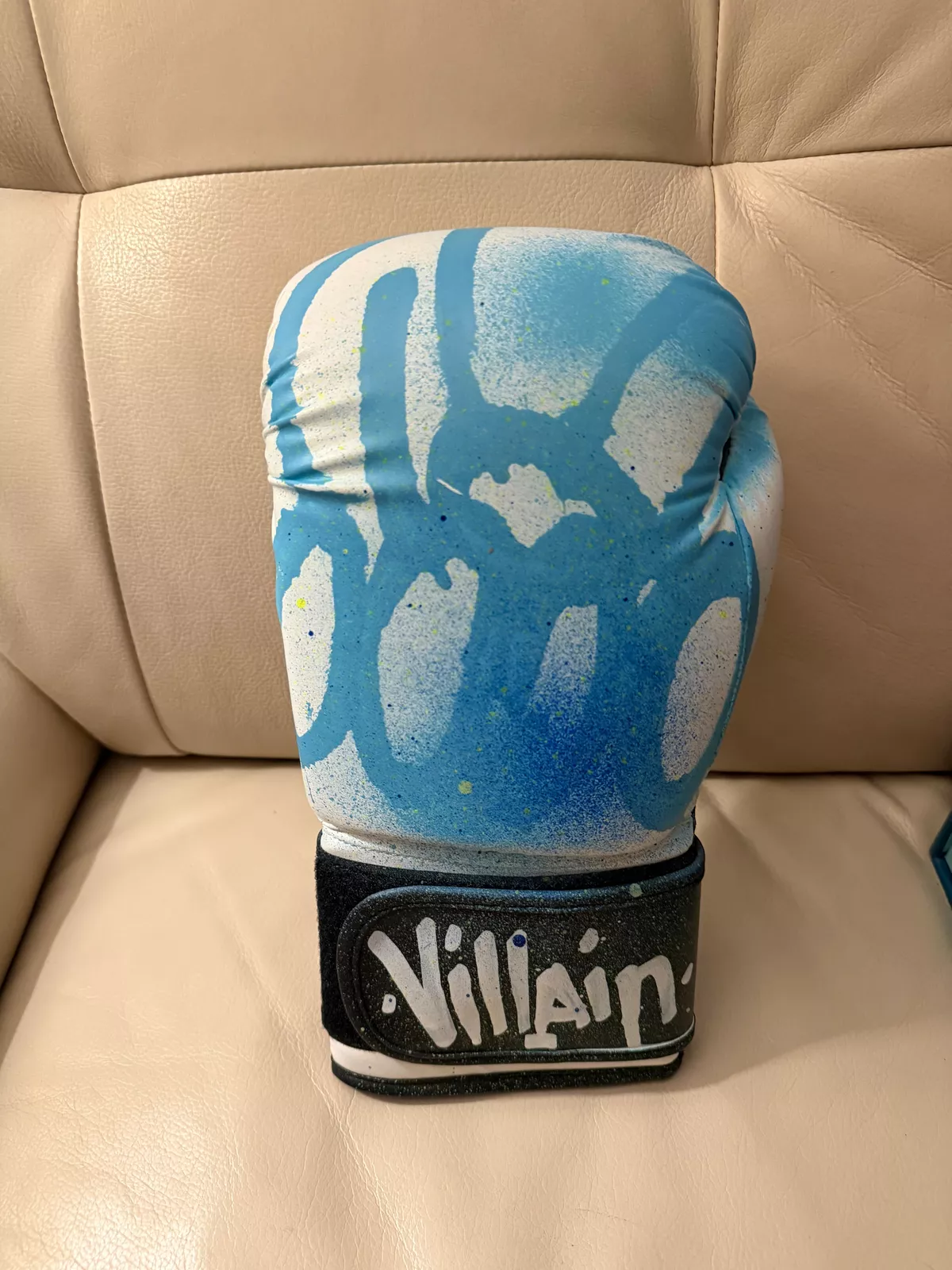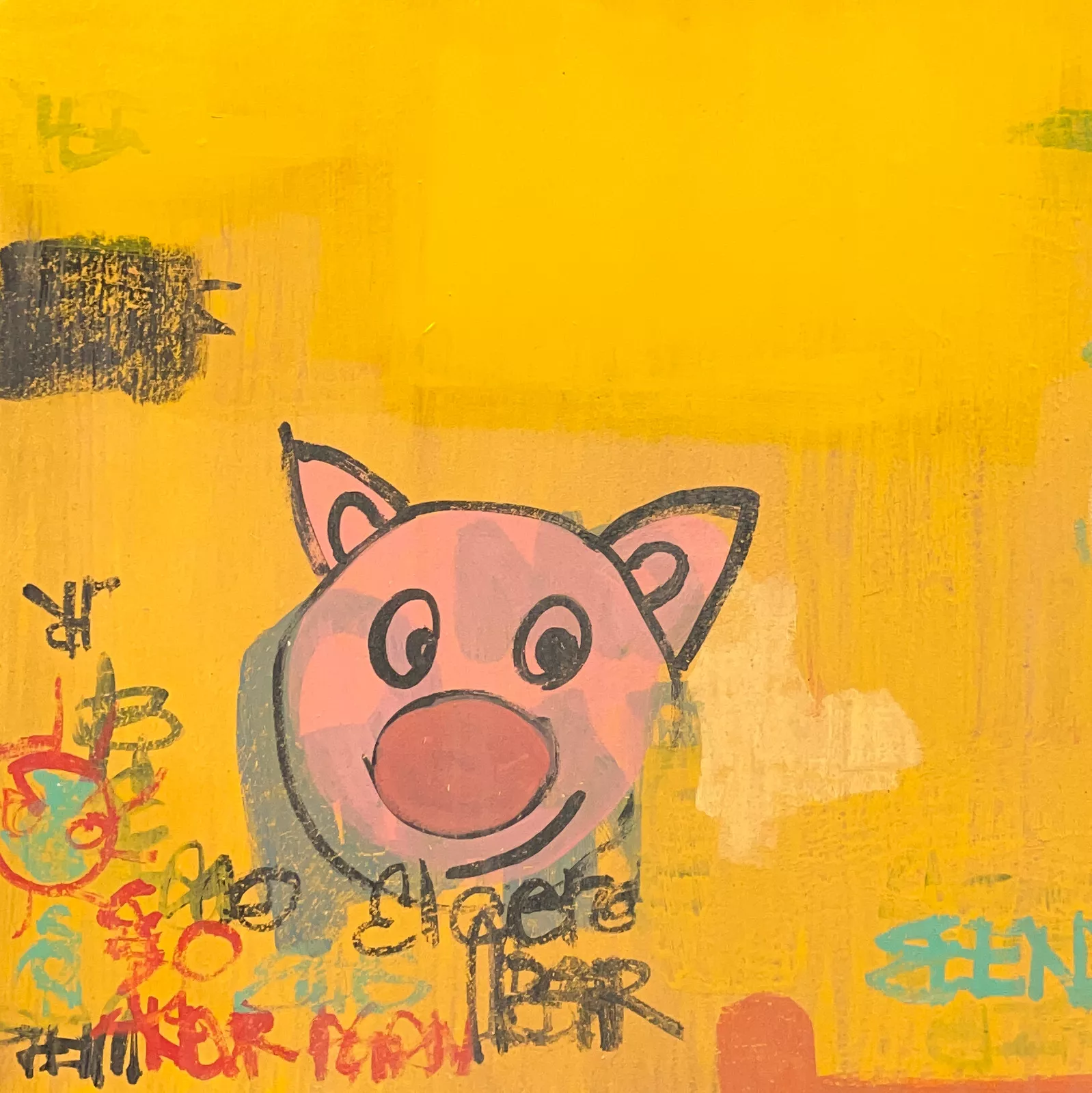Art and amusement collide in spectacular fashion at Luna Luna: Forgotten Fantasy, an awe-inspiring fairground now open at The Shed in New York City. Originally conceived in 1987 by Austrian artist André Heller, this whimsical project transforms the traditional carnival experience into an immersive art exhibition. Featuring rides, attractions, and installations created by some of the most influential artists of the 20th century—including Jean-Michel Basquiat, Roy Lichtenstein, Keith Haring, Salvador Dalí, and David Hockney—Luna Luna is more than an amusement park; it’s a surreal journey into the minds of artistic legends.
After decades of obscurity, Luna Luna has been resurrected with a fresh vision, offering a unique blend of nostalgia and contemporary reinterpretation. This blog will delve into the history of Luna Luna, the creative genius behind its attractions, and its cultural significance as it reinvents the intersection of art, entertainment, and community.
The Origins of Luna Luna: A Visionary Project
In 1987, André Heller imagined an amusement park unlike any other. Instead of the standard rides and attractions, he envisioned a space where fine art and playfulness could coexist. Heller collaborated with an all-star roster of artists, commissioning them to design rides, games, and structures that embodied their unique artistic styles. The result was Luna Luna, an avant-garde fairground that toured briefly in Europe before fading into obscurity due to financial and logistical challenges.
Despite its short-lived run, Luna Luna captured the imagination of those who experienced it, becoming a cult legend in the art world. The park was a radical departure from the elitism often associated with fine art, inviting the public to engage with works by modern masters in a playful and accessible environment.
The Revival: Luna Luna: Forgotten Fantasy
After years of dormancy, Luna Luna has been brought back to life by a dedicated team of curators, art historians, and producers, who saw its potential to resonate with contemporary audiences. Now renamed Luna Luna: Forgotten Fantasy, the reimagined park has found a new home at The Shed in New York, a venue known for pushing the boundaries of art and performance.
The revival goes beyond mere reconstruction. While maintaining the spirit of Heller’s original vision, the team has incorporated modern technology and design to enhance the experience. Interactive elements, augmented reality, and immersive soundscapes bring the attractions to life in ways that were unimaginable in 1987.
The Attractions: A Meeting of Art and Play
The heart of Luna Luna lies in its attractions, each designed by a renowned artist. These rides and installations transform the whimsical and fantastical into physical experiences, inviting visitors to engage with art in entirely new ways.
Jean-Michel Basquiat’s Carousel
Basquiat’s contribution to Luna Luna is a carousel that feels like stepping into one of his paintings. The ride features brightly painted horses adorned with the artist’s iconic symbols, such as crowns, skulls, and cryptic text. Basquiat’s carousel is not merely a ride but a commentary on cycles of life, fame, and mortality, rendered in his inimitable neo-expressionist style.
Roy Lichtenstein’s Funhouse
Roy Lichtenstein’s funhouse is a pop art dream, with walls covered in his signature Benday dots and comic book-inspired imagery. Mirrors distort visitors’ reflections, turning them into characters in a Lichtenstein painting. The installation blurs the line between observer and artwork, making every visitor a participant in his iconic visual language.
Keith Haring’s Maze
Keith Haring’s contribution is a labyrinth of interconnected rooms filled with his signature bold, colorful figures. Visitors wind their way through a maze of dancing, jumping, and spinning characters, accompanied by an upbeat soundtrack. The experience reflects Haring’s themes of joy, community, and universal connection.
Salvador Dalí’s Ferris Wheel
Dalí’s surrealist vision transforms the classic Ferris wheel into a dreamscape of melting clocks, floating eyeballs, and bizarre creatures. Riders ascend into a surreal world where time bends, challenging their perception of reality and offering a meditative moment amid the whimsy.
David Hockney’s Garden
Hockney’s garden is a tranquil escape within the bustling fairground. Filled with colorful, oversized flowers and trees, the space is designed to immerse visitors in Hockney’s vibrant, painterly style. The installation is a reminder of the artist’s love for nature and his ability to transform ordinary landscapes into extraordinary visions.
The Role of Technology in the Revival
The original Luna Luna relied on physical art installations to create its magic, but the revival incorporates cutting-edge technology to enhance the experience. Augmented reality (AR) features allow visitors to interact with the attractions in new ways, such as uncovering hidden details in the artwork or experiencing virtual elements that extend beyond the physical space.
For example:
•AR in Basquiat’s Carousel: Visitors can use their smartphones to reveal animated overlays of Basquiat’s artwork, bringing his symbols to life in motion.
•Immersive Soundscapes: Custom soundscapes enhance each attraction, from Dalí’s Ferris wheel to Haring’s maze, creating a multisensory experience.
•Projection Mapping: Lichtenstein’s funhouse uses projection mapping to animate his comic book-inspired images, making them jump off the walls.
These technological innovations honor the original spirit of Luna Luna while making it relevant to today’s audiences.
Cultural Significance: Luna Luna as a Bridge Between Art and Community
Accessibility of High Art
One of Luna Luna’s most revolutionary aspects is its accessibility. By placing works by renowned artists in the context of an amusement park, it democratizes art, making it approachable and engaging for all audiences. Visitors don’t need to know the history of pop art or surrealism to appreciate Lichtenstein’s funhouse or Dalí’s Ferris wheel—they can simply enjoy the experience.
Art as Play
Luna Luna challenges the perception of art as something static and untouchable. By turning art into rides, games, and interactive installations, it transforms the act of engaging with art into an act of play. This shift has profound implications for how we think about creativity and its role in everyday life.
Reviving Forgotten Legacies
The revival of Luna Luna also serves as a reminder of the visionary projects that often fall through the cracks of history. By resurrecting this forgotten fantasy, the curators not only honor André Heller’s vision but also reintroduce the public to the experimental spirit of the 1980s art scene.
Visitor Experience: What to Expect
Upon entering The Shed, visitors are transported into a fantastical world that feels both nostalgic and futuristic. The fairground is divided into themed zones, each showcasing the work of a specific artist. Food stalls, performers, and live music add to the carnival atmosphere, creating a holistic experience that goes beyond the rides themselves.
•Interactive Zones: Visitors can engage with AR features and immersive installations, turning their experience into a personalized journey.
•Artistic Performances: Live performances by dancers, musicians, and actors bring an added layer of theatricality to the event.
•Community Spaces: Dedicated spaces for workshops and discussions invite visitors to reflect on the themes of Luna Luna and their connection to art and play.
The Legacy of Luna Luna: Forgotten Fantasy
As Luna Luna opens at The Shed, it reignites the conversation about how art can be integrated into everyday life. The project is a testament to the enduring power of collaboration and the potential of art to transcend traditional boundaries. Whether you’re an art aficionado, a casual visitor, or someone seeking a unique cultural experience, Luna Luna: Forgotten Fantasy offers something for everyone.
In a city as dynamic as New York, Luna Luna feels right at home—a celebration of creativity, innovation, and the joy of play. It reminds us that art doesn’t have to be confined to galleries and museums; it can live, breathe, and delight in the most unexpected places.
No comments yet.








